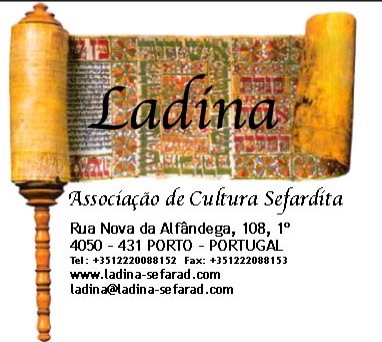AMEDEO MODIGLIANI and Spinoza (Bento de Espinosa)
mlopesazevedo
 Modigliani tomb, Père Lachaise Cemetery, Paris
Modigliani tomb, Père Lachaise Cemetery, ParisKirsch casts doubt on Modigliani's connection to Spinoza. He refers to Modigliani's mother's side as the "Garsins". Professor António Borges Coelho in "Inquisiçaõ de Évora" (The Inquisition of Evora), Caminho, Lisboa, 1987, Vol. 1, traces Spinoza's ancestors. His maternal side includes names such as Ana Garcês, Henrique Garcês (buried in Amsterdam in 1619), and Maria Nunes Garcês, from northern Portugal (Ponte de Lima and Porto), Antwerp, and Amsterdam. Maria Nunes Garcês was a daughter of Duarte Fernandes, native of Ponte de Lima, Porto merchant, and one of the founders of the Portuguese Jewish community in Amsterdam in 1598.
In 1593 Livorno or Leghorn, Modigliani's birthplace, was an unimportant fishing village until the Marrano diaspora transformed it into one of the wealthiest Jewish communities of Europe. By 1644 they numbered close to 100 families, mostly former Marranos from Portugal. Two centuries later it had it had 7,000 Jews, mostly Sephardic descendants from the Iberian peninsula. Until 1821, regulations of the Society for Dower-Brides were issued in Portuguese. Cecil Roth in “A History of the Marranos”, describes how the Portuguese Jews monopolized the coral trade. Their ships traded in every port of Europe. Unlike Amsterdam, this important and prosperous Sephardic community has not yet attracted much academic interest.
A word on the name Baruch Spinoza. As noted by professor Borges Coelho, Portuguese Marranos often used two or three names in the diaspora: a baptismal name, a Hebrew name and perhaps a business name. Spinoza did not use different names so much as variations. In the herem of July 27, 1656 excommunicating him from the Esnoga, he is named as Baruch Espinosa and Baruch de Espinosa. In 1655, in a sworn notarial record he signs his name as “Bento despinoza”, Bento being the Portuguese version of Baruch. In the same year the notary refers to him as “Bento d'Espinosa” and “Bento d'Espinoza”. In many of his letters he signs with the initials “B. d.S.” or “B. De S.”
 Ponte de Lima, site of former synagogue, now Misericordia chapel
Ponte de Lima, site of former synagogue, now Misericordia chapel




